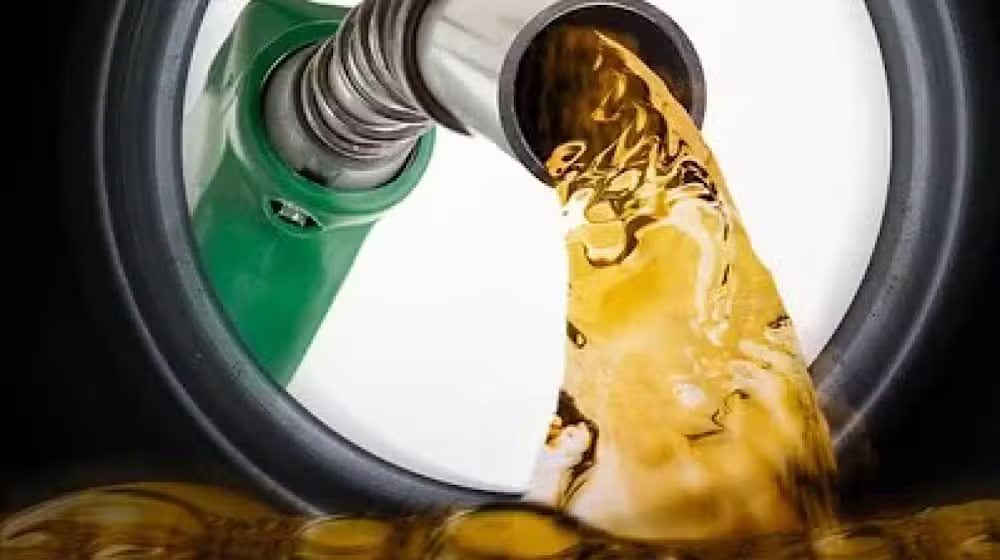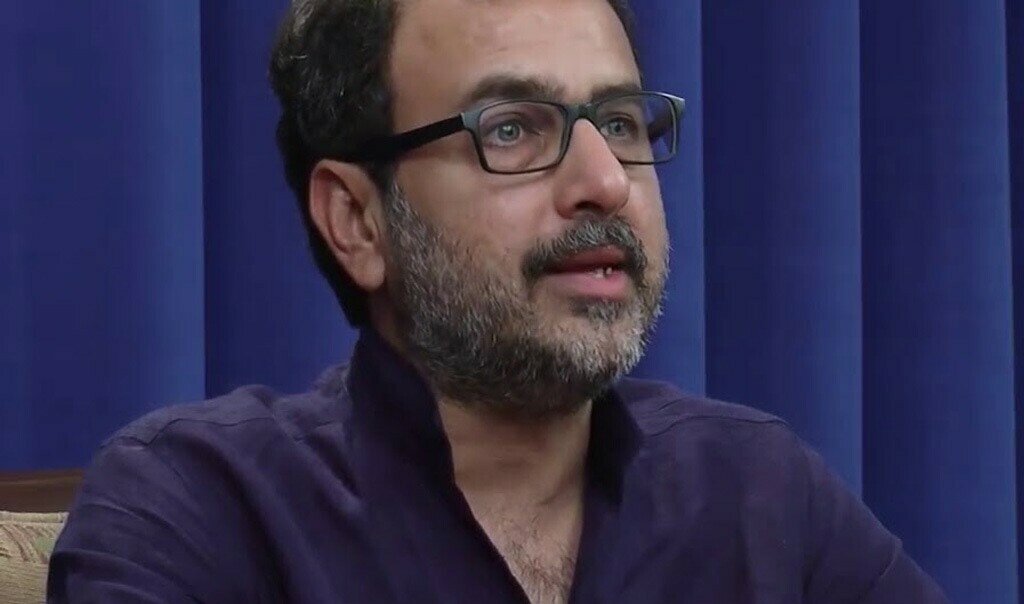The federal government has decided to lift the cap on the Petroleum Development Levy (PDL), allowing it to charge more than Rs. 100 per liter on petroleum products starting in the fiscal year 2025-26. This move is expected to generate Rs. 194 billion in revenue, helping to reduce the budget shortfall for the Federal Board of Revenue (FBR).
Currently, the PDL stands at Rs. 78 per liter, but sources indicate that it will be raised further on products like petrol and diesel. This will mark the highest petroleum levy ever imposed in Pakistan’s history, exceeding the current year’s target of Rs. 1,117 billion.
Since July 2024, the PDL has increased from Rs. 60 to Rs. 78 per liter, generating over Rs. 1 trillion in revenue during the first 10 months of the ongoing fiscal year. The government’s collection target for FY25 is over Rs. 1,100 billion, with Rs. 833.8 billion already collected between July 2024 and March 2025. In comparison, PDL collections were Rs. 1,019 billion in FY24 and Rs. 580 billion in FY23.
RAED MORE: Punjab Announces Early Summer Break for Schools Amid Heatwave
The increased levy will also support power sector subsidies and promote the electric vehicle industry.
Additionally, the government has agreed with the International Monetary Fund (IMF) to remove the 10% cap on the Debt Service Surcharge (DSS) on electricity bills. Currently, this cap limits the surcharge to 10% of power companies’ revenue needs. Lifting the cap is part of broader efforts to reduce circular debt in the energy sector.
According to the IMF’s report, Pakistan will pass legislation by June 2025 to eliminate the DSS cap. The government aims to reach a net-zero circular debt flow by FY25 through a combination of tariff adjustments, targeted subsidies, and efficiency reforms.
Quarterly tariff adjustments and monthly fuel price revisions will continue to align revenues with actual costs. A detailed Circular Debt Management Plan for FY26 will be finalized and submitted for cabinet approval by July 2025. All provinces have agreed not to introduce new electricity or gas subsidies, reinforcing the government’s focus on financial stability.



